Flight log
Flight 49: Normal circuits Cessnock C150
I've flown four times at Cessnock airport so far, and it was now time for some regular circuit training to further improve landings, spacing, and CTAF radio calls. Today I'm flying in a Cessna 150, the VH-SLL.

Full-length video for Flight 49.
I've had lots of circuits training at Camden, including solo flights. For Flight 49, the plan was to practice normal circuits at Cessnock with a view to go solo.
If you want to read about circuits, head over to my detailed circuits log for Hour 8. What applies for circuits at Camden also apply to Cessnock.
There are two main differences: One, is that today I'm flying a different airplane, a Cessna 150, call sign "SLL". The second, is that the landmarks for alignment and turns are different.
In my brief career as a student pilot, I have flown three Cessna types: C172R at Camden (VH-AHH, VH-JBC), C152 at Bankstown (VH-XAR), C172N at Cessnock (VH-MCJ), and now, C150M (VH-SLL), also at Cessnock.
Until recently, I believed that I should train on a single type, at least until I obtained my license. After that, I thought, it would be Ok to explore and experience other types.
I have now changed my mind. I believe that early exposure to different types is beneficial. For one, it helps prevent making the student pilot to eventually be afraid of branching out because they feel that their training is tied to a specific plane. In addition, multi-type training early on, at least for me, help me become more comfortable with variances in equipment and handling.
Of course, I'm not saying that a student pilot is OK (or safe) to train with a mix of high-wing, low-wind, glass cockpits, steam gauges, tail-wheel and all sorts of other variations. In my case, all the airplanes I flew were Cessnas. They all had a classic "steam" cockpit. Being high-wing Cessnas, they have very similar handling features and speeds. But they do have small variations that help with brain plasticity.
The most important difference for a student VFR pilot like me is their fuel system. The C172R, like the Scout planes, are fuel injected. The rest, are carburated. This means that I would need to learn the appropriate carburator settings for the various parts of the circuit. This is an additional action that I did not train for in Camden.
When I flew with Filip at Bankstown, I was not commited to continue training there, so we agreed that the instructor would handle the carborator.
But now at Camden, I am commited to complete my RPL training. This means solo flights, and therefor it is time to learn proper carb heat use.
In this flight, my objectives were:
1. Perform the circuit operations, including lights, carb heat, and radio calls.
2. Maintain proper spacing using landmarks (mainly lakes and mountain peaks).
3. Do proper landings on the main wheels.
This flight went well. I learned the use of the carborator control quicker than I thought. I used both landmarks and the threshold visual technique (i.e. 45° and 90° angles from the threshold) to achieve proper spacing. And my landings are also improving, as I learn to use a lot more rudder over the runway to raise the nose and touch-down with the main wheels first.
After this dual flight, I also completed a solo circuit, which I will write about in a seperate log.
Don't miss the next flight log
Leave your email address by clicking on the button below, and I'll let you know as soon as I publish my next flight log. No spam, ever.
Shorter and narrated video for Flight 49 (Coming soon).